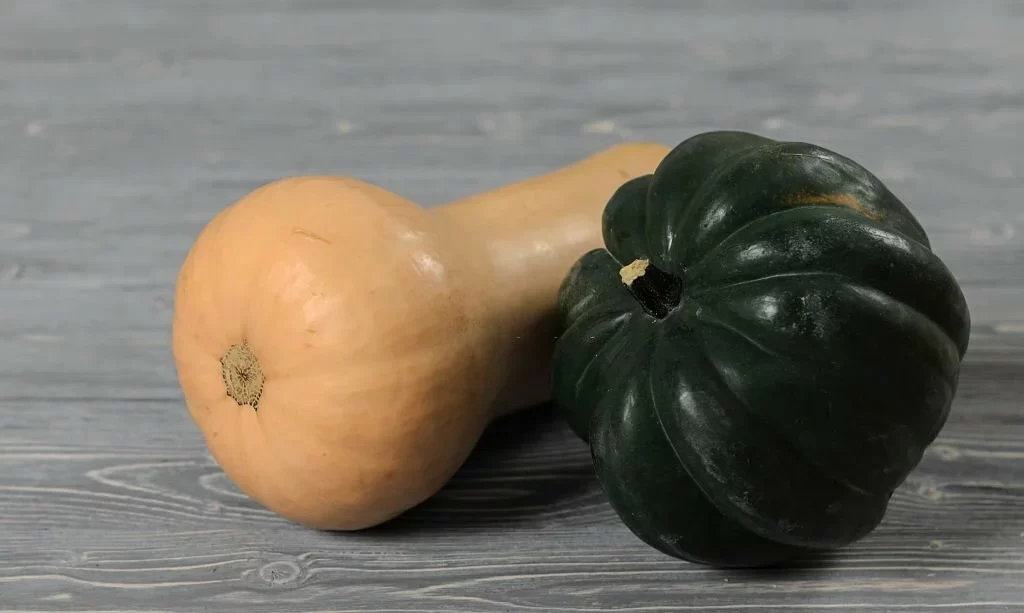Embarking on a journey into the world of acorn squash not only promises a culinary adventure but also a delightful addition to your fall harvest. As you prepare to gather these flavorful gems from your garden or local market, understanding when and how to pick them is key to unlocking their full potential. In this guide, we’ll explore the art of picking acorn squash, ensuring that your harvest is timed to perfection, resulting in a bounty of squash that’s not only visually appealing but also rich in taste and texture.
Signs of Ripeness
Determining the ripeness of acorn squash is an essential skill for any squash enthusiast. Visual cues play a significant role in this process. Look for a deep, dark color on the skin, indicating maturity. Gently press the skin; it should feel hard and resist puncturing with a fingernail. A well-developed, firm stem is another telltale sign that the squash is ready for harvest. These visual and tactile indicators collectively signal that the acorn squash has reached its peak ripeness, ensuring a flavorful and satisfying culinary experience.
Size Matters
When it comes to acorn squash, size does matter, and understanding the ideal dimensions can make a significant difference in taste and texture. Typically weighing between 1 to 3 pounds when ripe, acorn squash in this range is known for its perfect balance of tenderness and flavor. While larger squash may still be edible, smaller ones often pack a more concentrated taste. So, as you navigate your squash patch, keep an eye out for those that fall within this recommended size range for an optimal culinary journey.
Timing is Everything
Timing plays a pivotal role in the art of harvesting acorn squash. The journey to perfection typically unfolds in late summer to early fall. This window is when acorn squash reaches its peak ripeness, ensuring a harmonious blend of sweetness and texture. Waiting too long, however, can lead to overripeness, affecting the flavor and quality of the squash. To master the art of timing, keep a watchful eye on your squash patch and plan your harvest when the fruit is mature, promising a delightful addition to your autumn culinary repertoire.
The Thump Test
Introducing the “thump test” – a simple yet effective method to discern the readiness of your acorn squash. Engage your senses by gently tapping the squash with your knuckles. A ripe acorn squash will respond with a dull, solid sound, indicating its maturity. This auditory clue is a reliable way to ensure that the squash is at its prime for harvesting. Practice the thump test on different parts of the squash to get a comprehensive assessment, and soon you’ll be tapping your way to a flavorful and well-timed acorn squash harvest.
Harvesting Technique
Now that you’ve identified the signs of ripeness and mastered the timing, let’s delve into the art of harvesting acorn squash. Equip yourself with pruning shears or a sharp knife for a precise cut. Approach the squash with care, as these treasures are nestled on vines that connect to the main plant. Aim to leave a short stem attached to the squash; this helps preserve its freshness and shelf life. Handle each squash gently to prevent any bruising or damage. By embracing these techniques, you’ll ensure a successful harvest that preserves the integrity and flavor of your acorn squash.
Conclusion
In concluding your acorn squash harvesting adventure, you’ve embarked on a journey that marries nature’s timing with your culinary aspirations. Picking acorn squash at the peak of ripeness is not just a matter of practicality; it’s a commitment to savoring the best nature has to offer. Armed with the knowledge of signs, size, timing, and the thump test, you’re now equipped to gather acorn squash that transforms ordinary meals into extraordinary culinary experiences. So, whether you’re adding them to soups, roasting them as a side dish, or creating innovative recipes, your well-timed harvest promises a flavorful autumn ahead.



